The world is home to an incredible diversity of deer and antelope species, many of which are increasingly rare and endangered. These unique animals, found in a variety of habitats from dense forests to arid deserts, face significant threats from habitat loss, poaching, and competition with livestock. In this list, we explore 19 of the rarest deer and antelope species globally, highlighting their distinctive characteristics, current conservation status, and the challenges they face in the wild.
Saola (Pseudoryx nghetinhensis)
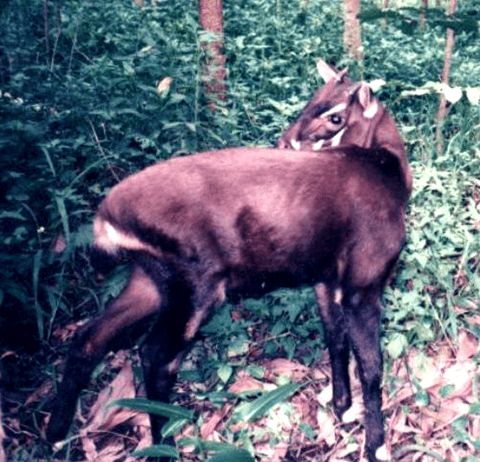
The Saola, also known as the Asian unicorn, is one of the rarest large mammals on Earth, discovered only in 1992 in the Annamite Range of Vietnam and Laos. This elusive species, characterized by its long, straight horns and white facial markings, remains critically endangered with fewer than 100 individuals estimated in the wild due to habitat loss and hunting.
Père David’s Deer (Elaphurus davidianus)
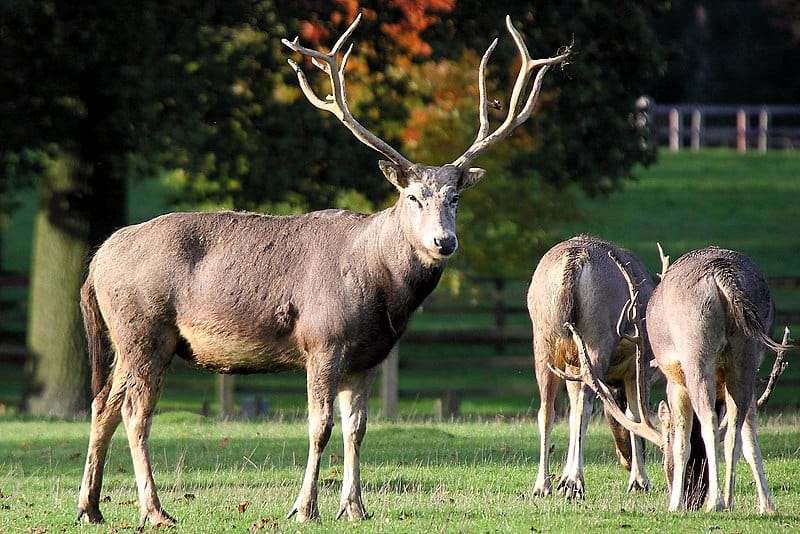
Père David’s Deer, native to China, was once extinct in the wild and survived only in captivity. Named after the French missionary Père Armand David who first described it in the 19th century, this species has been reintroduced to the wild but remains rare, with a small population thriving in protected areas.
Bornean Yellow Muntjac (Muntiacus atherodes)

The Bornean Yellow Muntjac, endemic to the island of Borneo, is rarely seen and little is known about its population status. This small deer, distinguishable by its yellowish fur and short antlers, faces threats from deforestation and hunting, making it one of the lesser-known muntjac species.
Chousingha (Tetracerus quadricornis)
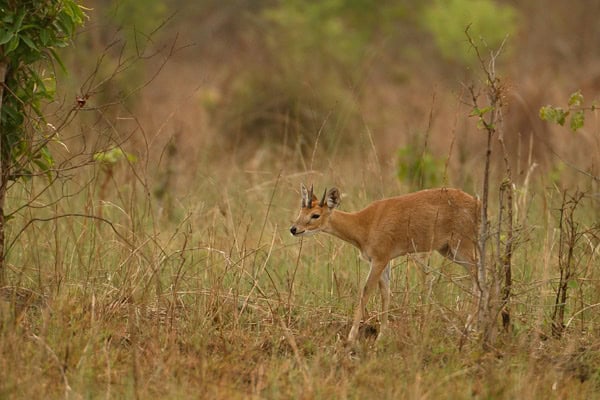
The Chousingha, or four-horned antelope, is unique for having four horns, unlike any other antelope species. Found in India and Nepal, this solitary and shy species prefers forested and hilly regions. Its population is declining due to habitat fragmentation and poaching.
Hirola (Beatragus hunteri)
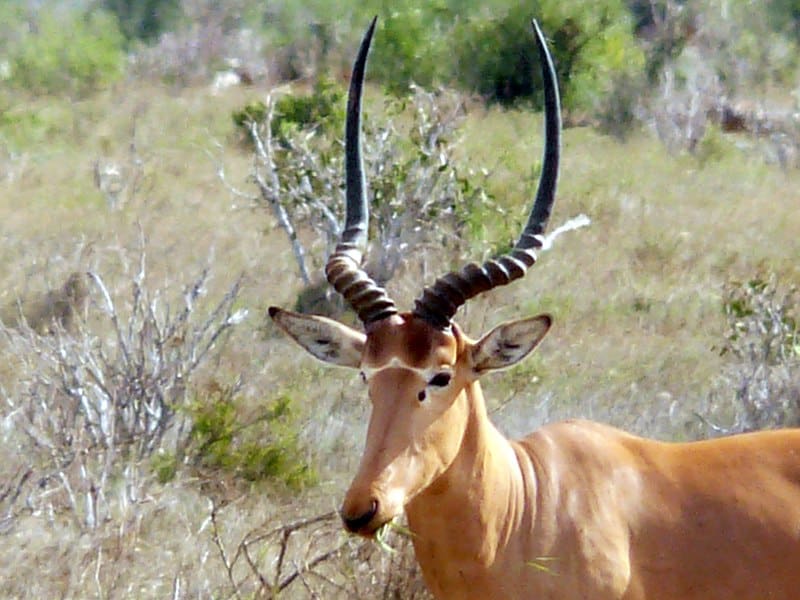
The Hirola, also known as Hunter’s antelope, is critically endangered and found only in a small region on the border between Kenya and Somalia. Known for its distinctive facial markings resembling spectacles, the Hirola’s population has plummeted to fewer than 500 individuals due to habitat destruction and competition with livestock.
Addax (Addax nasomaculatus)

The Addax, or white antelope, is critically endangered and native to the Sahara Desert. Adapted to harsh desert conditions, this species is recognizable by its twisted horns and white coat, which helps reflect sunlight. Overhunting and habitat loss have reduced its numbers to mere dozens in the wild.
Javan Rusa (Rusa timorensis)
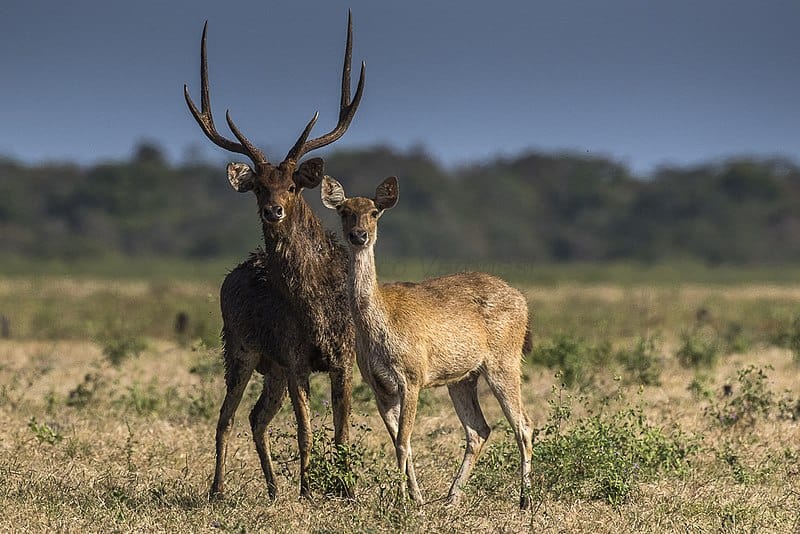
The Javan Rusa, also known as the Sunda Sambar, is native to Java, Bali, and Timor. This species, which thrives in dry deciduous forests, is increasingly rare due to habitat loss and hunting. It is distinguished by its large size, coarse fur, and impressive antlers.
Bactrian Deer (Cervus elaphus bactrianus)
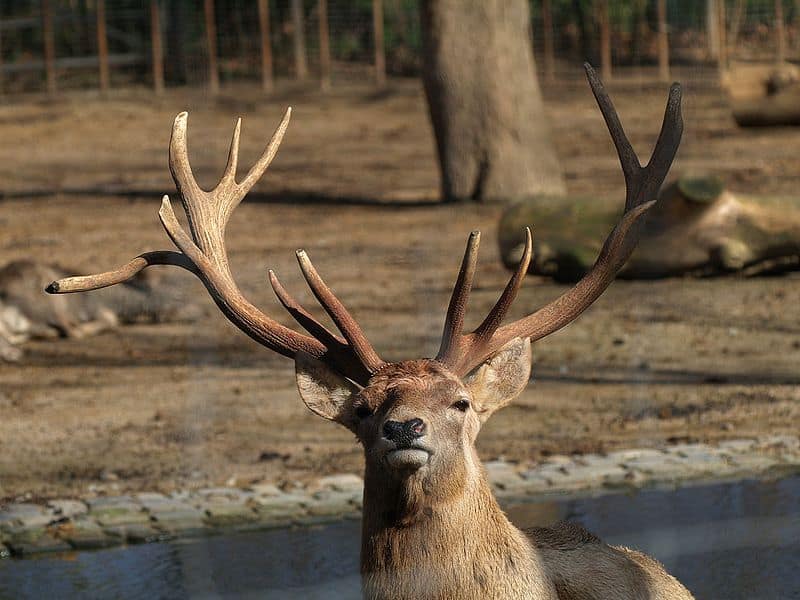
The Bactrian Deer, a subspecies of the red deer, is native to Central Asia, particularly around the Caspian Sea and the Aral Sea. Habitat degradation and poaching have drastically reduced its numbers, making it one of the rarest deer species. It is notable for its pale coat and relatively small size compared to other red deer subspecies.
Dibatag (Ammodorcas clarkei)
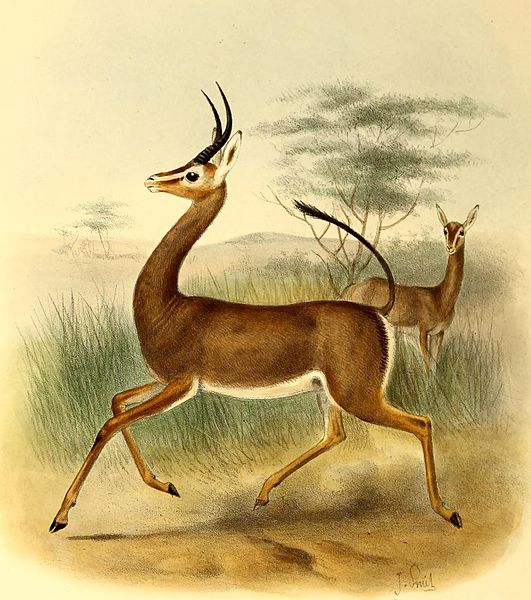
The Dibatag, or Clarke’s gazelle, is found in the arid regions of Ethiopia and Somalia. This slender antelope, known for its long neck and legs, has a small population due to habitat destruction and hunting. It is one of the few antelope species that can stand on its hind legs to browse for food.
Pygmy Hog Deer (Axis porcinus annamiticus)
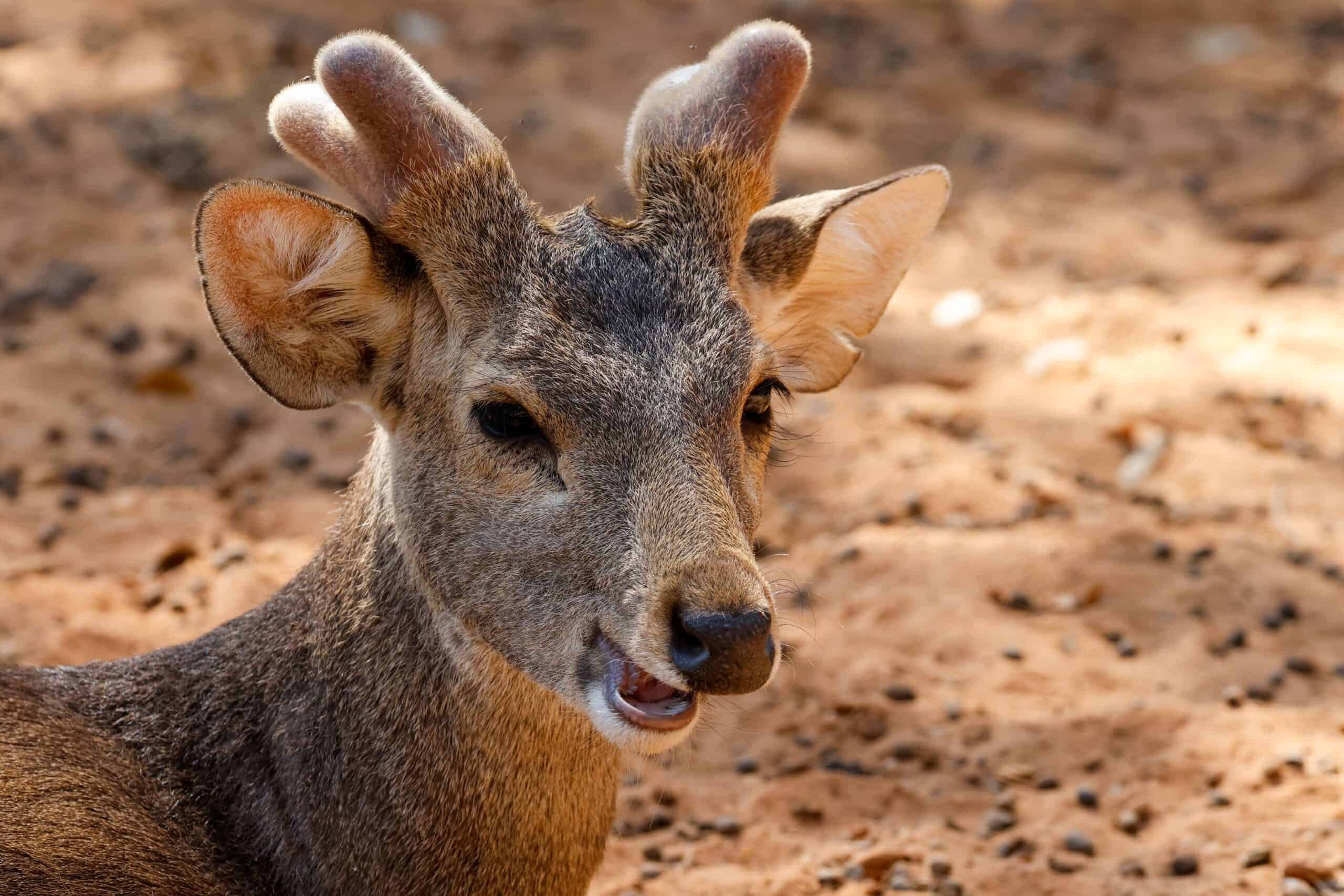
The Pygmy Hog Deer, a subspecies of the hog deer, is critically endangered and found in Southeast Asia. This diminutive deer, which prefers dense grasslands, is threatened by habitat loss and poaching. Its small stature and short legs make it adept at moving through thick underbrush.
Kouprey (Bos sauveli)
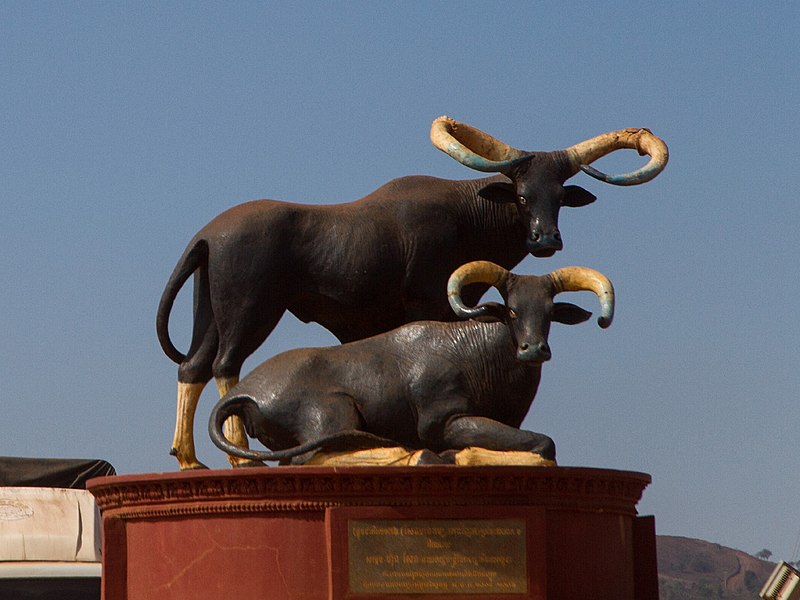
The Kouprey, a rare wild ox found in Cambodia, Laos, and Vietnam, is critically endangered and possibly extinct. Known for its impressive horns and large size, the Kouprey’s population has dwindled due to habitat destruction, hunting, and competition with domestic cattle.
Mountain Nyala (Tragelaphus buxtoni)
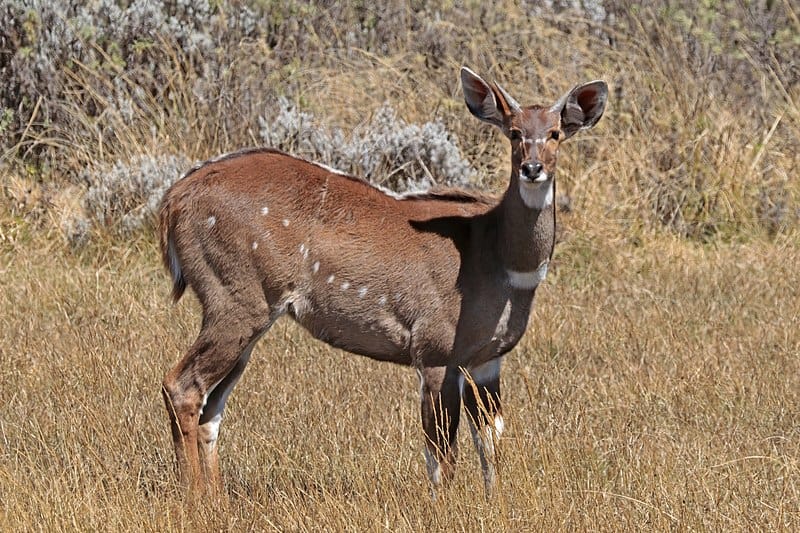
The Mountain Nyala, endemic to the Ethiopian highlands, is a large and elusive antelope with spiral horns. This species inhabits montane forests and heathlands, and its population is declining due to habitat encroachment and hunting, making it one of Africa’s rarest antelopes.
Siberian Musk Deer (Moschus moschiferus)
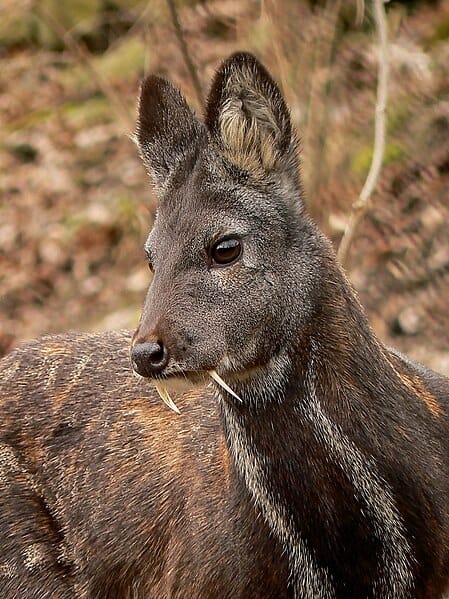
The Siberian Musk Deer, found in the forests of Northeast Asia, is known for its musk glands, which are highly valued in traditional medicine. This small deer, with its fang-like canines, is threatened by poaching and habitat loss, resulting in declining populations.
Visayan Spotted Deer (Rusa alfredi)
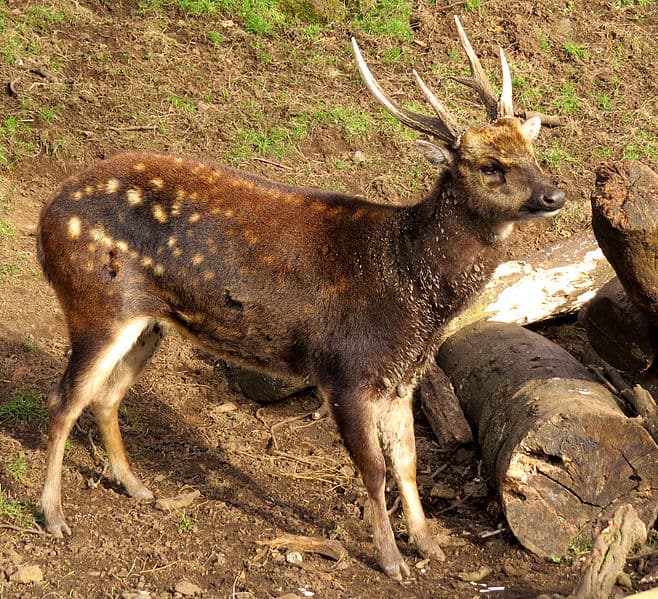
The Visayan Spotted Deer, native to the Philippines, is critically endangered and one of the world’s rarest deer species. It is characterized by its distinctive white spots on a dark brown coat. Habitat destruction and hunting have drastically reduced its numbers, with conservation efforts focusing on breeding programs.
Bharal (Pseudois nayaur)
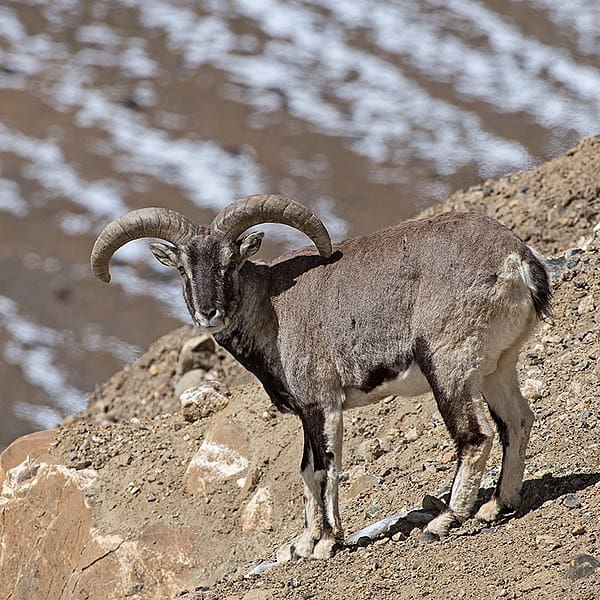
The Bharal, or blue sheep, inhabits the high Himalayas and Tibetan Plateau. Known for its bluish-grey coat and impressive climbing abilities, this species is rare due to habitat loss and competition with livestock. Conservation efforts are underway to protect its fragile alpine environment.
Giant Eland (Taurotragus derbianus)

The Giant Eland, the world’s largest antelope, is found in the savannas and forests of Central and West Africa. This majestic species, with its spiral horns and striking coloration, is endangered due to habitat destruction and hunting. Conservation efforts are crucial to prevent further decline.
Bongo (Tragelaphus eurycerus)
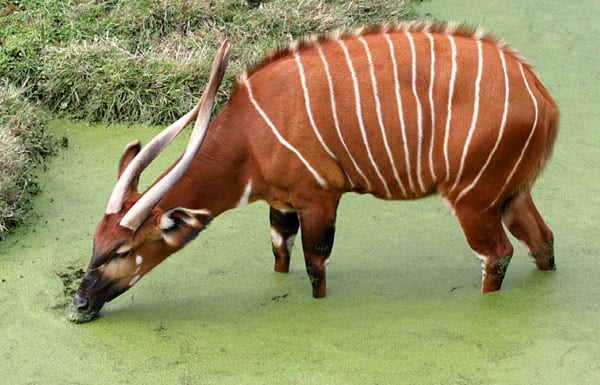
The Bongo, a strikingly beautiful antelope with a bright reddish-brown coat and white stripes, is found in the rainforests of Central Africa. It is rare and elusive, with populations threatened by habitat loss and hunting. The Bongo’s impressive horns and unique markings make it a highly sought-after species for wildlife enthusiasts.
Bawean Deer (Axis kuhlii)
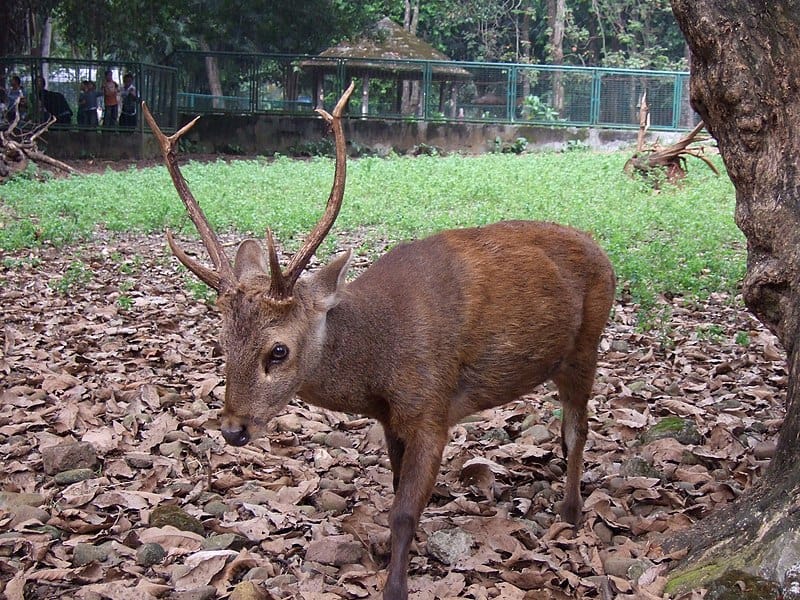
The Bawean Deer, endemic to the Indonesian island of Bawean, is critically endangered with a very small population. This species, which prefers dense forest habitats, is threatened by habitat loss and hunting. Its small size and reddish-brown coat make it a unique member of the Axis deer family.
Tamaraw (Bubalus mindorensis)
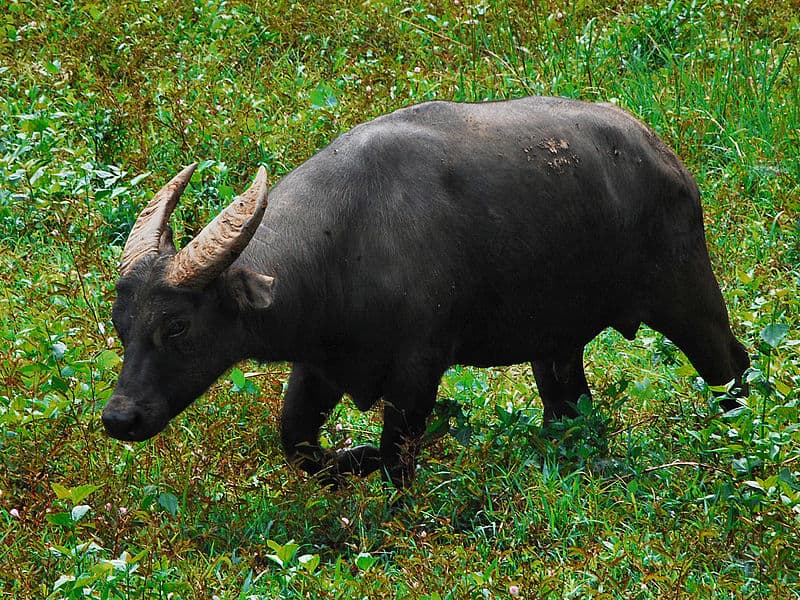
The Tamaraw, a small buffalo native to the island of Mindoro in the Philippines, is critically endangered and one of the rarest large mammals. This species is characterized by its stocky build and V-shaped horns. Habitat destruction, hunting, and disease have reduced its population to fewer than 500 individuals.
This article originally appeared on Rarest.org.
More From Rarest.Org
9 Most Elusive Big Cat Species
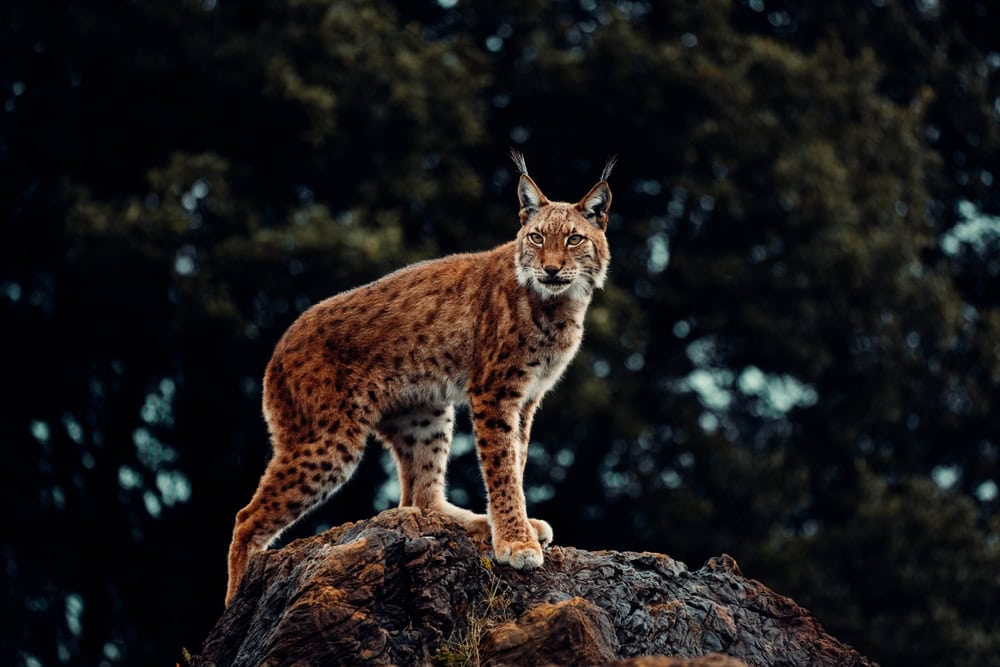
Big cats are majestic creatures. Some are incredibly elusive, rarely seen by humans. This article explores the most elusive big cat species. Discover their size, appearance, behavior, origin, and why they remain rare. Read More.
18 Rarest Flower Species in Remote Locations
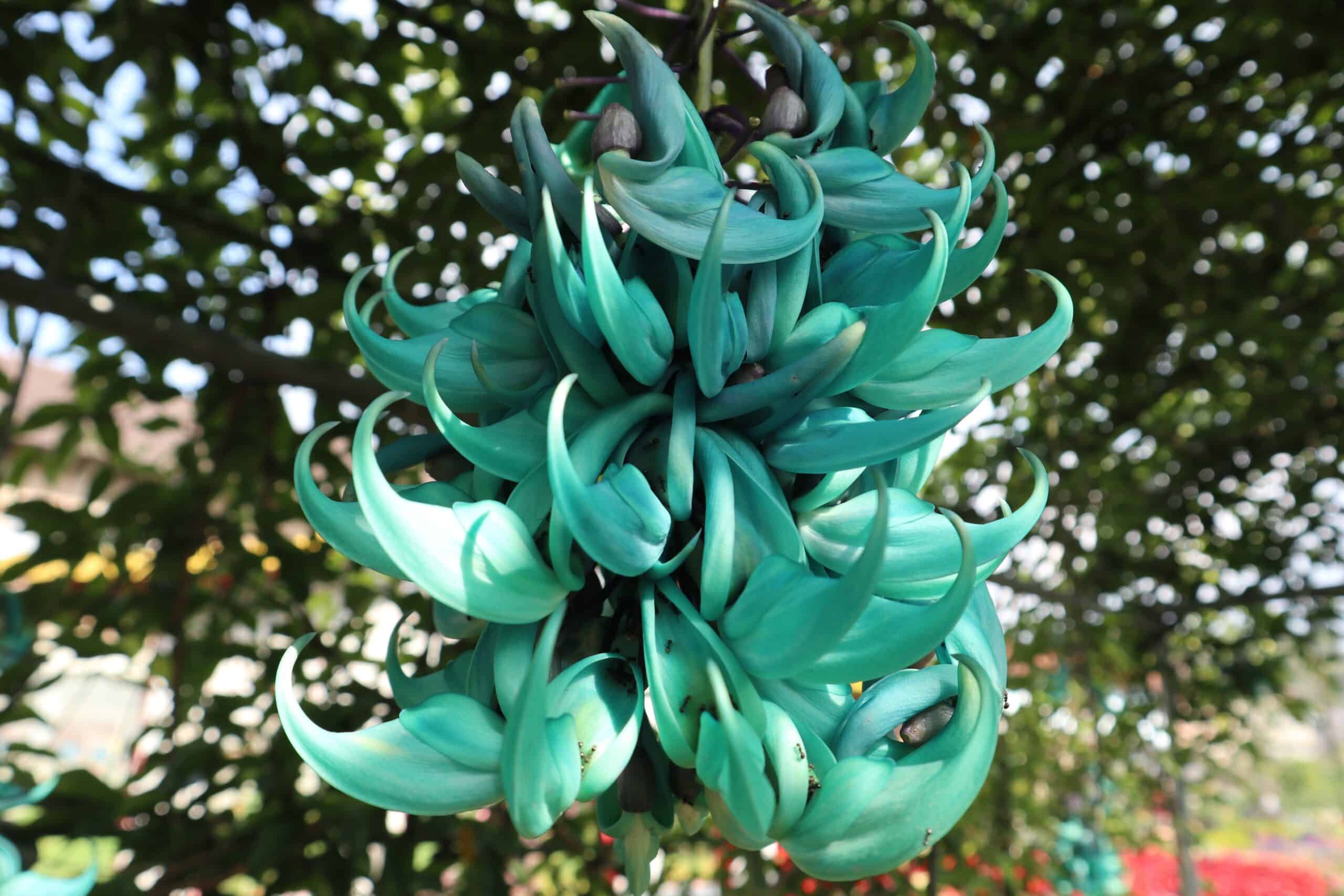
Exploring the world of rare flowers takes us to some of the most remote and fascinating corners of the globe. These botanical wonders, often found in isolated and pristine habitats, captivate with their unique beauty and intriguing characteristics. Read More.
1945 Walking Liberty Half Dollar Value Guide

Did you know that the Walking Liberty is one of the most fascinating designs of a U.S. coin? This design was used in coinage for 31 years, from 1916 to 1947. Read More.
